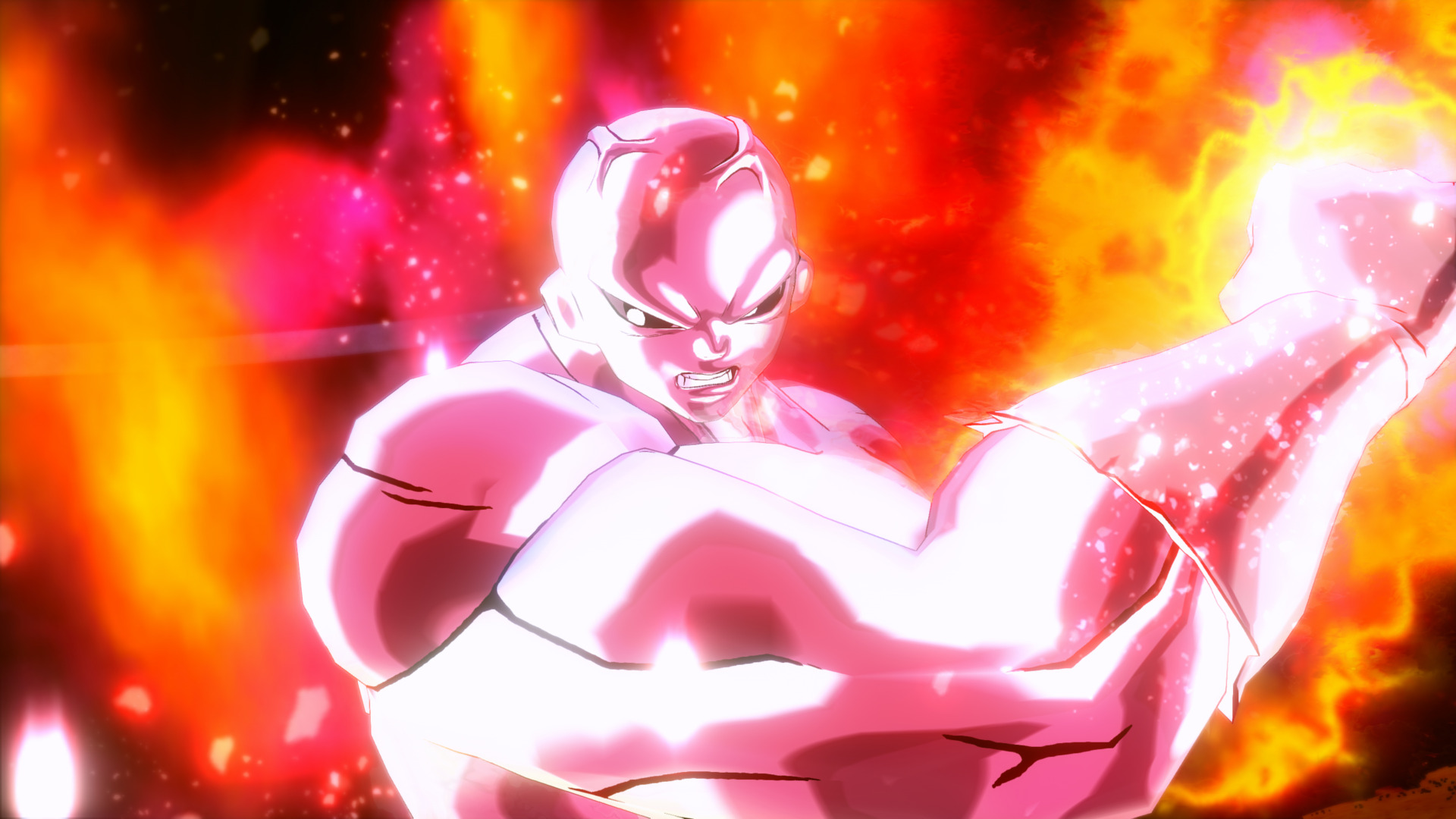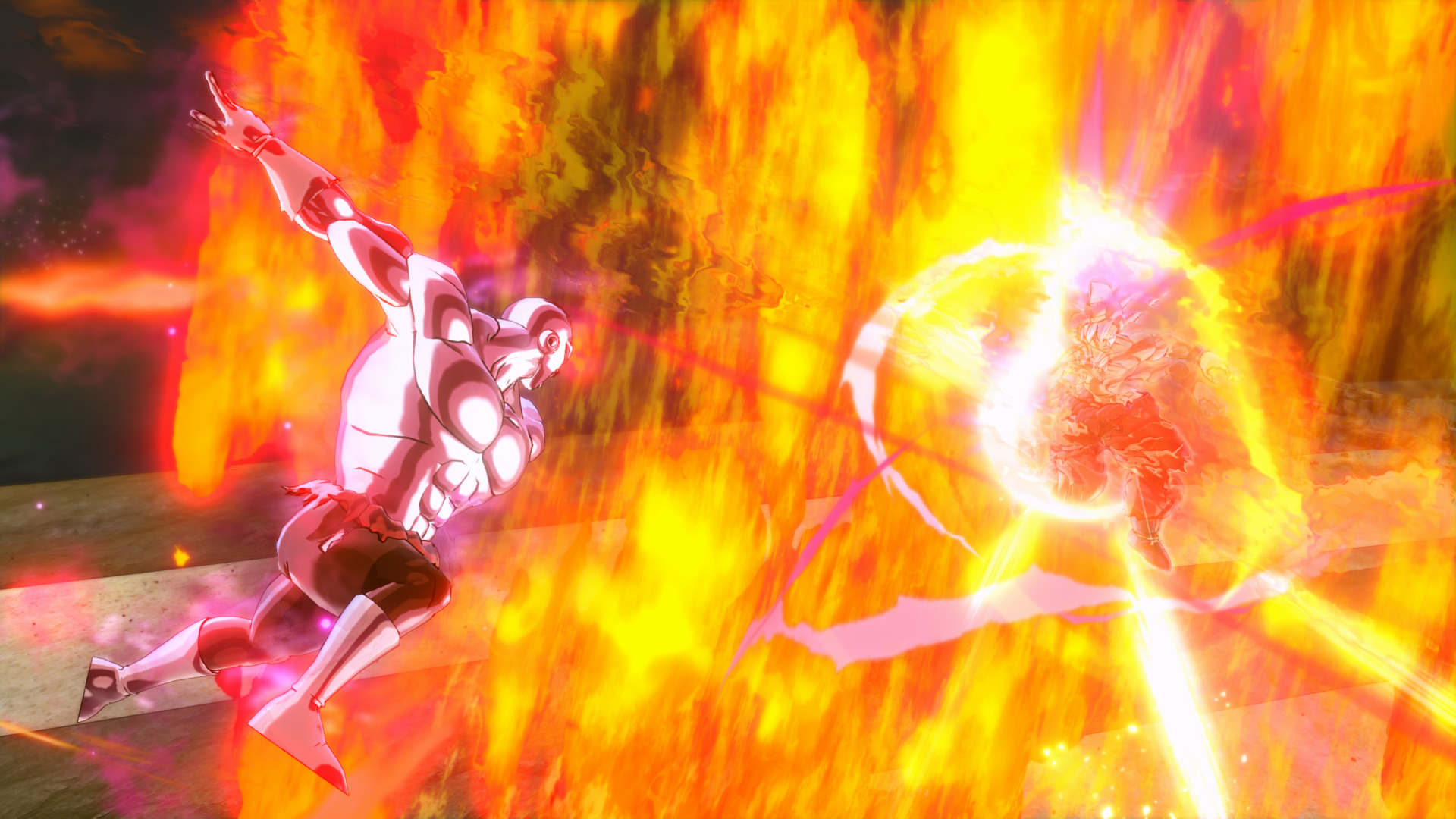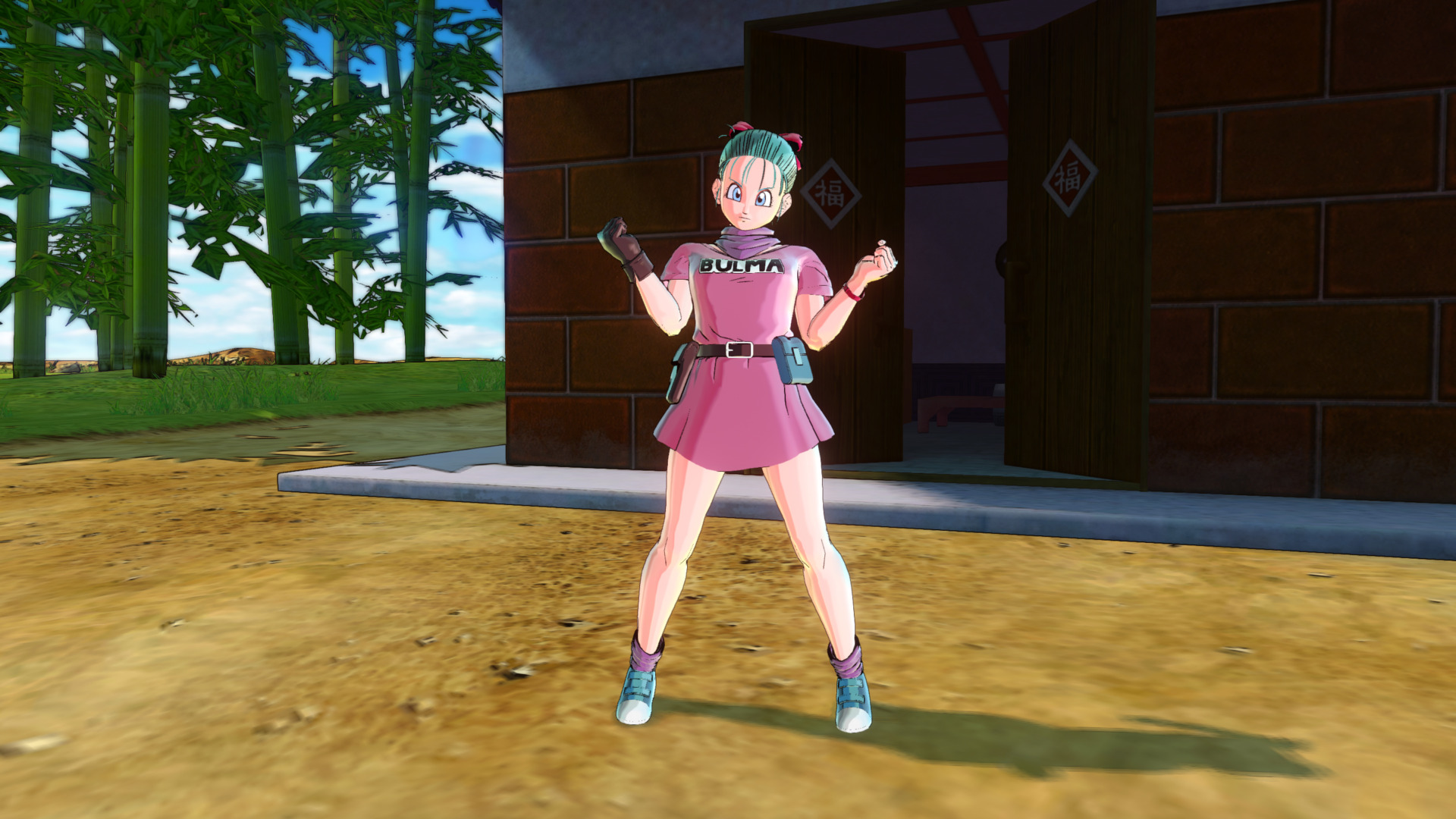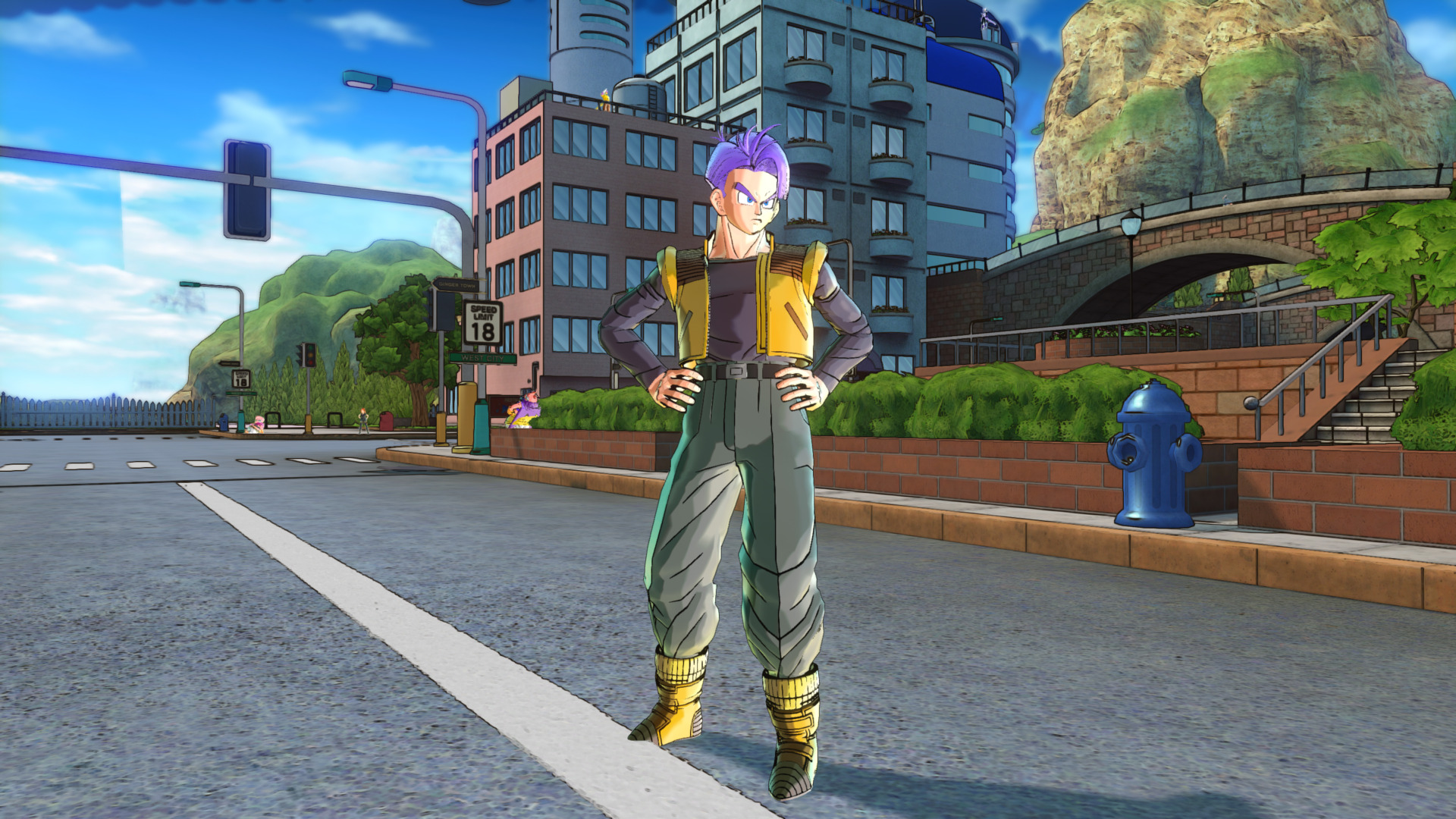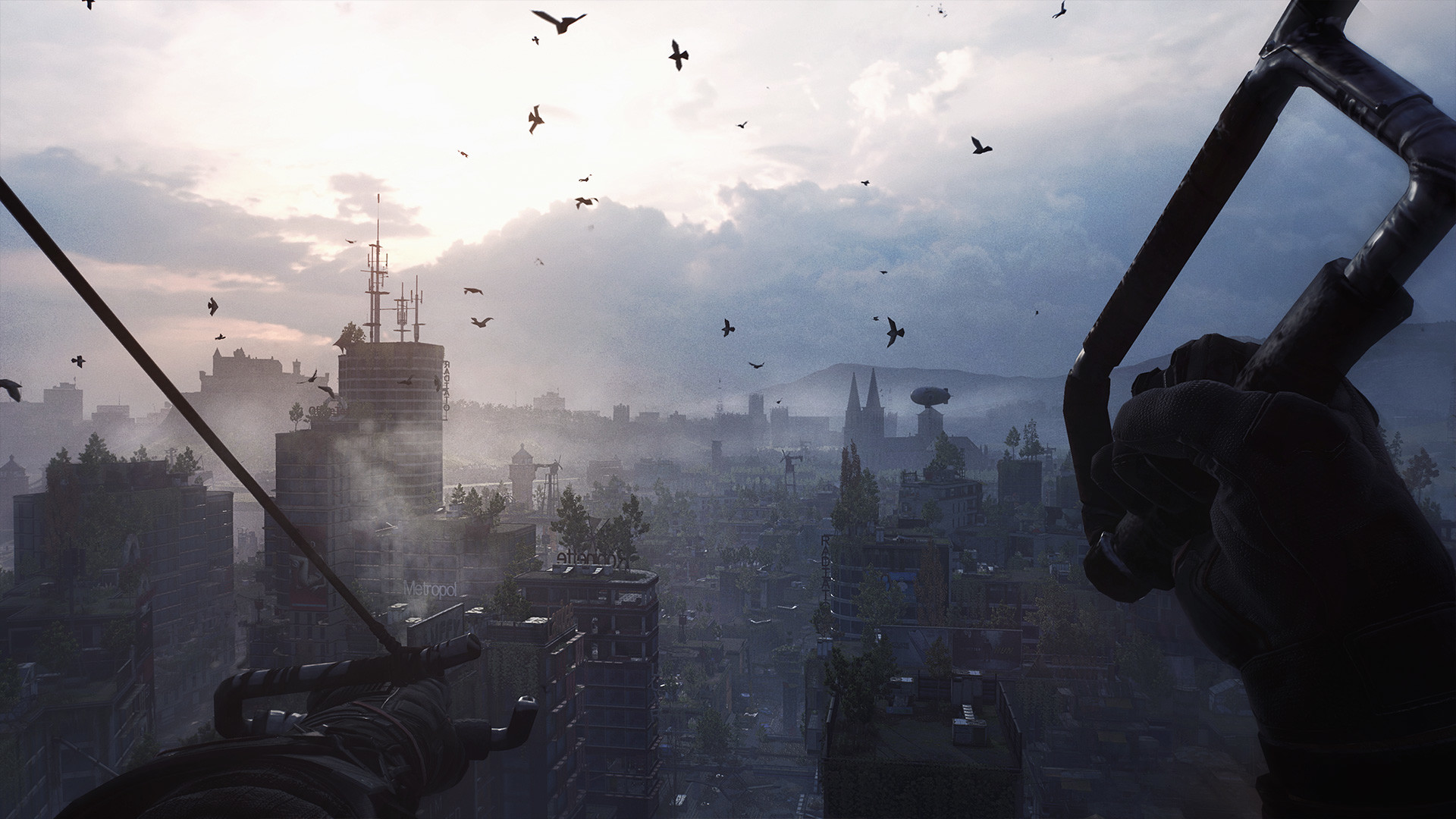What Going On With the Switch Pro?
So much was said about the vaunted, fabled Switch Pro – a mid-life update for the Switch that would modernize the tech thoroughly, and allow the platform to remain competitive on a hardware level with everything else for a few more years while Nintendo worked away on the Switch 2. There were reports, leaks, discussions on the pricing and the presumed hardware capabilities, and what that might indicate for how Nintendo approaches hardware going forward, and even discussion on third party support for this thing.
So, where did it all go wrong? Now that we've had time to reflect on the new Switch revision coming this year – which isn't a Switch Pro or anything even resembling that, and is instead just a very minor refresh, more along the lines of a PS4 Slim than a PS4 Pro, an Xbox One S than an Xbox One X – we've more or less made our peace with the Switch OLED being what it is. In isolation, it's an inoffensive and innocuous refresh, addressing some common complaints with the system – the kickstand quality, the lack of the ethernet port, increasing screen size and quality – but doing very little beyond the bare minimum. But within the context of the years of reporting on the impending Switch Pro, which this decidedly isn't, we have to ask – what the hell happened here? How was there so much smoke with barely any fire?
A lot of people, in the aftermath of the Switch OLED announcement, have pointed out that the Switch Pro rumours never made sense, that it went against Nintendo's modus operandi. But that… isn't really true? One of the key points I've reiterated in all my discussions of the Switch Pro is that it is right in keeping with Nintendo's trajectory for its portable systems. The Gameboy got Gameboy Color, the DS got DSi, the 3DS got New 3DS. Nintendo has been doing these mid-cycle bumps for their handhelds since before Sony or Microsoft seized upon the concept, the Switch Pro – had it been real – would merely have been the latest example of that.
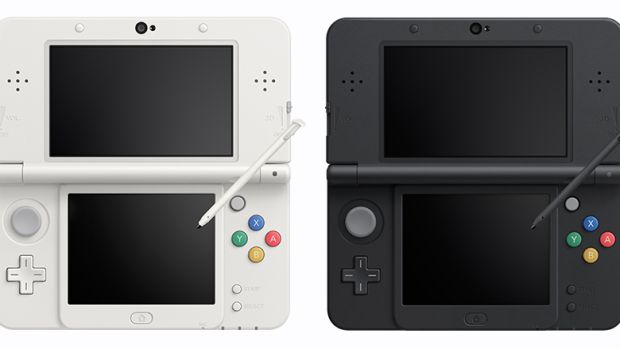
Now, there is something to be said about the degree of updates that were rumoured. Perhaps one can say the rumour mill got carried away – 4K, DLSS, and a spec bump that would put the system at or beyond the level of an Xbox One S was a far more significant jump than the Gameboy Color or New 3DS were. But at the same time, Nintendo's partnership with Nvidia, the latter having developed and iterated on their mobile Tegra SoCs, did indicate that Nintendo would be able to do something on the level of the rumoured Switch Pro, and do it fairly cheaply. In the past, where Nintendo has developed its own hardware from the silicon up, it's made sense that it's stuck to cheaper and outdated off-the-shelf technology. But with Nvidia as its partner, Nintendo does have the capability to bring a more sophisticated SoC to the Switch, while not having to deal with costs to the same extent as before. And Nvidia's technology, such as DLSS 2.0, also gives the Switch an extremely easy "cheat" to be able to meet the graphical standards of the other modern platforms, without having to splurge on silicon as power hungry as the other consoles use.
What I am trying to say here is, the Switch Pro rumours were not even remotely as unreasonable or pie in the sky style pipe dreams as many have tried to make them out to be. They were fairly reasonable, grounded in credible and sourced reporting, and backed by an understanding of mobile tech advancements in the last few years, and particularly mobile tech that Nintendo has access to thanks to its partnership with Nvidia.
And that "credible and sourced reporting" is what I want to come back to for a moment – because the reports came from Bloomberg, and Bloomberg isn't a hobbyist video game blog that makes things up to get hits, it's one of the biggest and most respected trade publications in the entire world, and it has an uncanny track record for accuracy, including specifically with Nintendo and the Switch. Bloomberg's reports were citing assembly line and manufacturing processes, as well as game developers, as sources for its knowledge on this Switch Pro.
So we're back to the question of, what happened? There was far too much smoke – credible smoke – for this thing to have fizzled out. What's going on with the Switch Pro?
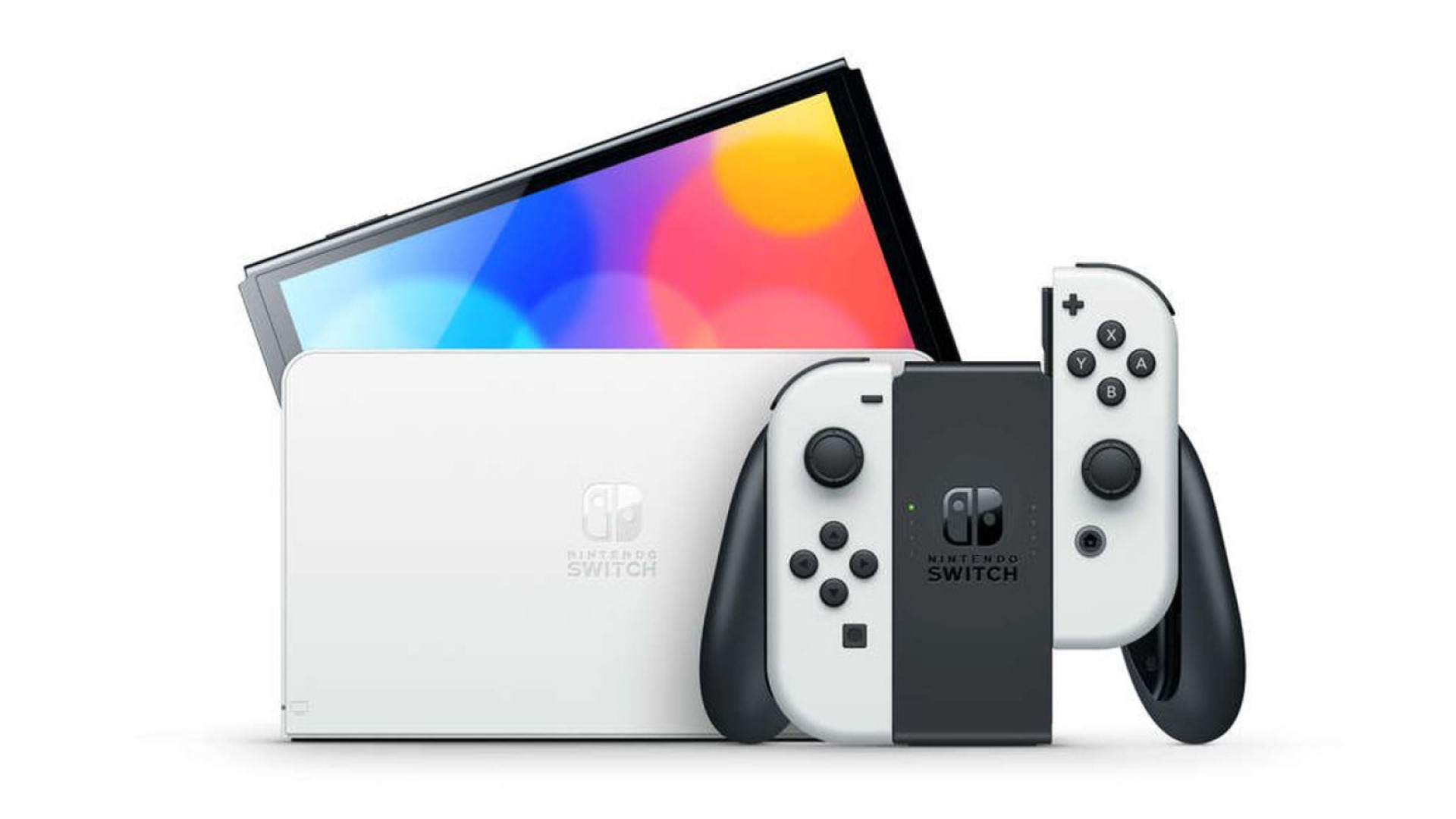
Obviously, everything from here on is theory and speculation. I don't have an inside track at Nintendo, and the inscrutable company is famously unpredictable at the best of times, so it's best to treat this as educated guesswork. But I think what happened here is a case of crossed wires. Put simply, I think that what people assumed is the Switch Pro, is in fact an early version of the next generation Switch – and that reporting got mixed up with the reports from manufacturing of a new Switch model coming this year (which turned out to be this minor OLED refresh), and caused many to assume that the more powerful Switch was coming this year – which, obviously since it's too early for a Switch successor right now, would have to be a Switch Pro.
In fact, it's even possible it was intended to be released as a Switch Pro at some point. Maybe Nintendo had originally intended on launching it this year as a Pro, but then after the Switch became on track to be the bestselling system of all time early last year, they decided that it didn't need that kind of help – and decided to retool that into the successor, launching a modest OLED screen refresh this year instead. Of course third parties would be aware of this upcoming system (whether it was ever planned as a Pro or not) – Nintendo would be sending out early dev kits, getting their feedback on what improvements they should make, probably be letting them know about the kind of new functionality and capability they should expect from this new system. So those early reports, when they first started leaking? Those were probably all well sourced and accurate. Third parties presumably do have a significantly more capable Switch they're working with right now. The trouble started when someone made the – again, not really unreasonable – assumption that this more powerful Switch is the Switch model that's getting introduced this year.
So what does this mean, then? It means one of two things. Either the Switch Pro never existed, not in the sense of the hardware in question is literally not a thing, but in the sense of, the thing people thought was a Switch Pro is actually a Switch 2, and always was; or it means that the Switch Pro existed at one point in time, but got shelved once it was clear the Switch doesn't need help, and rolled into the Switch 2.
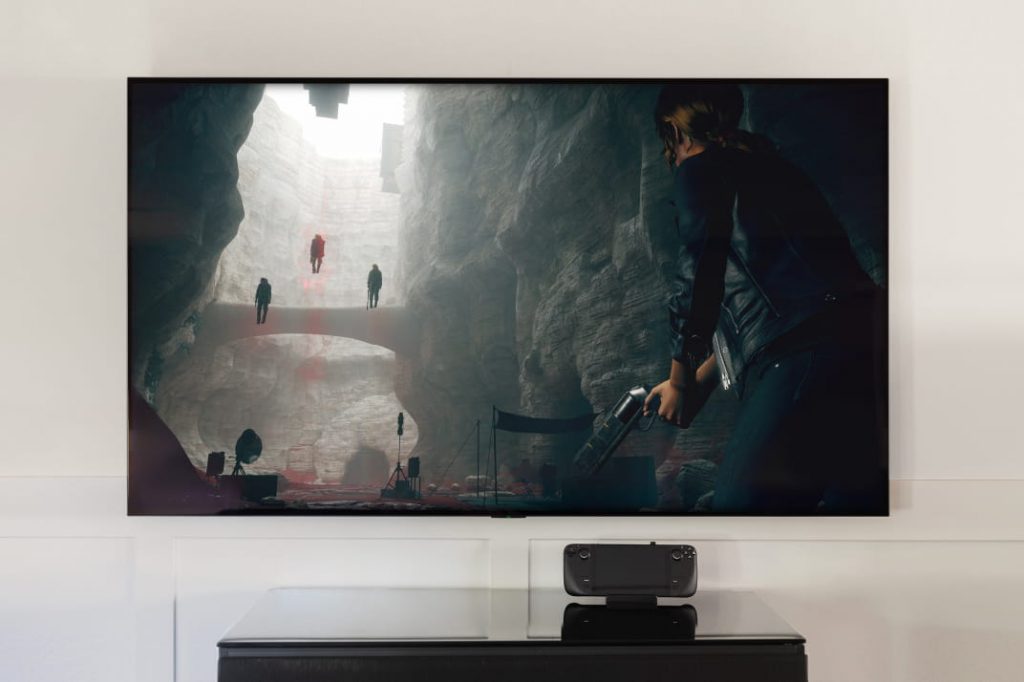
In either case, I think we can and should put the expectation that the Switch Pro does exist, and will probably come next year or so, to rest. I think it's safe to conclude at this point that won't happen, because the Switch is now four and a half years old. The point of these mid-cycle revisions is to reinvigorate the platform mid-cycle, and the Switch is now decidedly entering the last leg of its life. Even if a Switch Pro were to release next March, it would be at a point where the Switch is five years old – for comparison, the New 3DS came three and a half years after launch (in Japan), and four years after launch (everywhere else). The PS4 Pro came less than three years after the PS4 launched. The Xbox One X came four years after the Xbox One launched. There's a very defined window for when something like this can be released and expected to do well – that window has closed for the Switch now.
So what does that mean, then? I think it means the Switch successor is on the horizon. It's probably a bit shocking to think about it, but again, the Switch is nearing five years old now. I think next year, we'll start to hear rumblings of a Switch 2, explicitly identified as such, for certain, and I think we can expect to see a release in 2023, or maybe early 2024 at the latest. This Switch 2 will presumably not match the just announced Steam Deck in specs, to be honest – but I think it having DLSS 2.0 and more an ARM SoC that games are directly optimized for, will help it remain competitive with the visuals it manages to push out regardless. I think this Switch 2 will end up being approximately comparable to it – which will, in turn, represent a full generational leap over the current Switch, and a much bigger leap than we would have expected from a Pro style revision.
But as for the Switch Pro? It doesn't exist. If it once did, it doesn't anymore. It's not happening. It's not getting released. It's time to give it up and move on. On the Nintendo side of things, even though fans don't have any exciting new hardware to look forward to, at the very least there is still a cavalcade of some fantastic looking games launching within the next year and a half – hopefully to lead directly into a running start for that inevitable Switch 2.
Note: The views expressed in this article are those of the author and do not necessarily represent the views of, and should not be attributed to, GamingBolt as an organization.
F1 2021 Frame Rate Comparison – PS5 vs Xbox Series X vs PC
F1 2021 is the series debut game on the next-gen machines, and the game seems to be making great use of the extra horsepower to deliver some great results. Check out our video below to see all F1 2021 on PC and current-gen consoles stacked against one another.
We tested F1 2021's Quality mode on consoles, which target a resolution of 4K and a frame rate of 60 fps. Both consoles did a great job at holding on to the framerates, with frame-rate drops being almost non-existent. The PC version of the game has a bunch of options that can be tweaked to get the desired performance or visual fidelity – depending on the hardware, of course.
Rest assured, F1 2021 is a solid experience on all the tested platforms. While we haven't tested the 1440p 120 fps performance mode, the quality mode seems to be a great balance between visual fidelity and smooth performance for now. To read more about the game, check out our review of the game through here.
Ratchet And Clank: Rift Apart Was Jim Ryan's Favorite Game Of The Last Year
We're barreling towards one year now since the launch of new consoles, but despite that only a few true, blue next gen exclusives have come on the market. With a combination of stock issues between both Microsoft and Sony, and increased development time and costs, the focus is still very much on cross generational development. One of the few next gen-only experiences has been Ratchet and Clank: Rift Apart, a game that was a technical showcase for the PS5, and one that looks to be doing exceptionally well in the sales department, too. It also seems to have captured the heart of the top guy at PlayStation.
In an interview with TMTPost, PlayStation CEO Jim Ryan spoke about various things PlayStation and when talking about the recent title, admitted it was his favorite title of the last year. While he generally prefers the slow-paced narrative games, it seems Rift Apart has struck a chord with him, calling it his favorite game of the last year, and sees it as a strong showing for the kind of potential that we can see once next gen only development goes into full swing.
"I'm currently playing Ratchet and Clank: Rift Apart. As I said before, this game stimulated my specific emotions and made me happy. For me, this is a best game. Usually, I prefer slower-paced games, usually single player mode that requires me to think carefully and deeply. These are the emotions encountered when playing games, and can also reach users who like Hollywood movies.
"I personally think it is Ratchet and Clank: Rift Apart, which is my favorite and most enjoyable game in the last year. Although it is not a slow-paced game, the joy of the game and the performance of the console really surprised me. I feel that if our team can launch a best game like this within half a year after the launch of PS5, what about three or four years later? I feel very excited when I think of this."
Ratchet and Clank: Rift Apart is available now and exclusive to the PlayStation 5.
Dragon Ball Xenoverse 2 To Get Jiren (Full Power) As DLC This Fall
Despite the fact that it launched all the way back in 2016, and despite the fact that there has been not one, but two, major Dragon Ball-themed games released since then, Dragon Ball Xenoverse 2 continues to get post-launch support. It's no wonder, of course, the game has been very successful, having sold over 6 million copies as of last year, and possibly even beyond that by this point. Now, we know who else is about to join the fray.
Bandai Namco announced that Jiren (Full Power) from Dragon Ball Super will be the next DLC character, releasing some screenshots of the buff villain that you can see below. Jiren was technically added to the roster already, but only in his base form. He served as the final villain to overcome in the Super anime TV series, which is currently on hiatus. Alongside the character, there will also be outfits based on classic Dragon Ball Bulma as well Future Trunks for your customized avatar, both of which you can also see below. Big thanks to Siliconera for their report and translations.
Dragon Ball Xenoverse 2 is available now on PlayStation 4, Xbox One, Switch, PC and Stadia. Jiren (Full Power) and the two costumes will launch sometime in Fall 2021.
Dying Light 2 Stay Human is Looking Like an Exciting Sequel
Zombie fans rejoice! Dying Light 2 is finally almost upon us. After years of starts and stops and endless speculation about the sequel to one of the better zombie games of all time we can now finally expect Dying Light 2 Stay Human to drop on December 7th this year – assuming it isn't delayed again. But with how much Techland has been talking about Dying Light 2 and how much information we currently have about the game it does seem like it's truly about ready to come out of the oven, so even if we do get another delay, it probably won't be a very big one. All that said, with everything that we know about Dying Light 2 at this point there's plenty of reason to think it's not only going to be a worthy successor to the original game in just about every way, but it could also, very easily, end up being one of the biggest games of this year if not the biggest. Techland's open world action survival zombie game terrorized us and opened our minds to what we could expect from a zombie game back in 2015. the open-ended nature of the level design, The Mirror's Edge style traversal, and of course the combat being just as customizable as it was visceral, were all things that made Dying Light an instant classic, and despite the rather long wait we've had for the sequel, it's hard to not be excited about it.
There are a lot of things that make up the Dying Light experience but one of the bigger ones is obviously the parkour traversal. Dying Light 2 is promising to not only bring that back but effectively double it, with twice the amount of moves you can do as you move about the world. This includes an astounding 3000 unique animations, which hopefully aren't just visual in nature but also help the traversal feel more versatile and fluid. With all of the different types of ledges, walls, and other surfaces that you'll be dealing with as you move about, and of course all of the different angles that you can hit those things at, it makes sense that Techland would want to move the number of animations up to a much higher degree, but 3000 does sound like a lot – even in light of that.
I don't think the point of knowing that is to look super closely at every little animation, though. Ideally, this is just something that subtly makes moving around the world of Dying Light 2 just feel more real, which isn't exactly something the first game struggled with, but of course an improvement would still be much appreciated. Some of this might just be out of utility as well, seeing as the game will have more surface types and traversal tools like an improved grappling hook and makeshift bridges to contend with. So how this all shakes out is certainly going to be interesting to see. Given that the parkour challenge modes were some of the more fun parts of the post-game content for Dying Light, I suspect a good portion of this long wait we've been experiencing since 2015 has been geared towards expanding and perfecting the traversal so this will be one of the major elements of the game I'll be looking at once I get my hands on it.
Of course, perhaps the more striking element of Dying Light's gameplay was its combat. As one of the few games to really get first-person melee combat right, it did much more than that and actually had one of the better combat systems of the last generation by adding in a good amount of customization and a satisfying skill tree that always made you feel like you were progressing in a meaningful way. As far as I can tell from the information that's been released at this point it seems like Dying Light 2 is more or less sticking to the script on that while adding in a bit more complexity with enemies changing up their tactics on you mid-fight, requiring you to alter your approach on the fly at times. Jump kicks, melee weapons, environmental objects, and projectiles all look outlandishly satisfying to use and that's mostly because they seem to have taken a conservative approach with modifying the first game's combat, and mostly left it in place. That said, you can choose to emphasize in different areas including mobility, brute force, and a more technical skill set that seems more geared towards taking full advantage of the game's expanded crafting system. It looks like they're doing each area of expertise justice with a lot of experience to be gained in each of them, so no matter how you choose to upgrade your character in the game, you're going to have plenty to do and learn.
While the story of Dying Light was pretty good all things considered, it still purposely took a back seat to the traversal and the combat and was very linear in nature. There's certainly nothing wrong with that, but it does look like Dying Light 2 story has gotten a lot more attention this time around with branching narrative paths that are chosen by you deciding who to side with among the cities 3 main factions. Depending on which faction you align yourself with, you will have access to different safe zones and different technologies to aid you in other situations, and can also hinder your progress in certain respects, so choosing wisely with who to help and who to screw over is going to be a big part of the experience.
Last but not least of course is the zombies themselves. While it's only been about six years since the last game came out, within the context of the story it's actually been closer to 15, so of course the zombies that we got used to in the last game have mutated into different things now and have very different rules in some cases. The basic rules of the day and night cycle are still in place, and that means lesser, weaker enemies are out during the day while the more imposing creatures come out at night. But within those rules we're going to see a lot more variety. A larger number of enemy types especially at night will be a sight to behold in Dying Light 2, with enemies that are much stronger and faster then what we're used to from the first game. On top of that, Techland has said that individual enemies will have a different set of AI priorities than enemies in a group, which might remind you of something a little game called Days Gone tinkered with as it differentiated individual encounters with freaker hordes. They haven't gone into a lot of detail on what that exactly will mean but the fact that they brought up that particular point really raised my eyebrows because that could lead to a lot of variety with enemy encounters and keep us on our toes much more than the previous game – which is saying a lot.
Dying Light 2 Stay Human is really looking to be a true sequel in every sense of the word. While many sequels these days come out and largely rest on their laurels by rehashing what the last game did, it really does look like Techland is having none of that. Assuming their new game is going to be everything that they're cracking it up to be, it does look like it's shaping up to be a real successor to a game that is already great, and that's a recipe for success if I've ever seen one.
Note: The views expressed in this article are those of the author and do not necessarily represent the views of, and should not be attributed to, GamingBolt as an organization.
Riders Republic Delayed to October 28th
With Rainbow Six Extraction being delayed to January 2022, it was looking like Riders Republic would fill the gap left in September. Sadly, the development team at Ubisoft has confirmed a delay, albeit from September 2nd to October 28th.
In a new blog post, the team stated that it couldn't wait for players to try out the coming beta but will use the extra development time to "fine tune the experience and give you another chance to jump in before launch and provide feedback." More details will be shared soon, most likely on the content that the beta will offer. This is the second delay that Riders Republic has suffered, as it was originally slated for February 2021.
While it wasn't explicitly stated, the COVID-19 pandemic may have played a role in this latest delay. Numerous other titles have faced delays to 2022 recently like GhostWire: Tokyo and Warhammer 40,000: Darktide. At the very least, Riders Republic is still looking to launch this year. It's currently slated to release for Xbox One, Xbox Series X/S, PS4, PS5, PC and Google Stadia. Stay tuned for more details and gameplay in the coming months.
Rainbow Six Extraction Delayed to January 2022
The season of delays has come around once more and this time, it's Ubisoft's titles that suffer. Rainbow Six Extraction, previously set for September 16th, has been delayed to January 2022. In a new blog post, the development team noted this to be a "full-fledged AAA experience that changes the way you play and think about cooperative games."
As such, it's looking at "Embracing the opportunity to take additional time to bring this vision to life in the way it deserves in January 2022. We are confident this will ensure Rainbow Six Extraction is the immersive, cooperative, and thrilling experience we set out to create, and the one you aspire to play." This isn't the first time that the co-op title has been delayed. Announced in June 2019 as Rainbow Six Quarantine, it was originally looking at an early 2020 release.
This quickly fell through and it was subsequently delayed to fiscal year 2020/2021, which ended on March 31st 2021. A year later, Ubisoft revealed plans to release the game between April 2021 and September 2021. The impact of the COVID-19 pandemic, along with the project's supposed large scale, have likely played a part in this latest delay.
Rainbow Six Extraction is currently in development for Xbox One, Xbox Series X/S, PS4, PS5, PC and Google Stadia. Stay tuned for more details in the coming months.
Hackers Are Threatening EA By Releasing Parts of Previously Stolen Data
Last month, a number of hackers claimed to have stolen a significant chunk of EA's private data which included code for its in-house Frostbite engine as well as the source code for FIFA 21. Now the hackers have released a chunk of the stolen data on a forum, Vice reported.
The hackers are now threatening to release more of the stolen data, unless EA pays the requested ransom. The released data reportedly has references to tools related to the Origin storefront and The Sims. A spokeperson from the company believes that the stolen data doesn't have anything to do with player privacy, hence the company isn't planning on co-operating with the perpetrators.
EA is allegedly working with Federal law enforcement offcials instead, to solve the issue. Another infamous hack at CD Projekt Red also took place earlier this year, with hackers claiming to have stolen source code of the Red Engine as well as internal documents. CD Projekt's hacked data has reportedly been sold, following an auction for the same.
Sony Is "Closely Monitoring" Nintendo's Switch OLED Pricing, Analyst Claims
An analyst by the name of Hideki Yasuda has claimed that Sony is monitoring Nintendo's pricing for its newly-announced Switch OLED model. In a report featured in The Japan Times as reported by Nintendo Life, the analyst claims that Nintendo Switch's OLED's success could set a precedent within the industry, giving other manufacturers incentives to tap into pricing mid-life console upgrades at a higher price.
According to the report, producing a Switch OLED model only costs $10 more for Nintendo which should net the Kyoto-based giant a $40 profit on each sell. Nintendo is pricing the OLED model higher than the console's base variant, even though its a mid-life upgrade with identical computing hardware. Of course, this has reportedly been noted by Sony who is closely monitoring the situation.
The consistently high demand for the Switch has allowed Nintendo to keep its pricing the same as launch. Thus, it makes sense that Sony might eventually want to tap into the same strategy, since the PS5 has proven to be the fastest selling console in US history.
Netflix May Be Partnering With Sony For Its Game-Streaming Platform, Data miner Claims – Rumor
A data miner by the name of Steve Moser has unearthed a number of interesting information about Netflix's newly-announced game streaming platform from its iOS app. The data-miner claims that Netflix might partner with Sony in the future for its platform, and that the platform has an internal codename of Shark.
The dataminer has unearthed an image of Sucker Punch Studios' Ghost of Tsushima, as well as two DualSense controllers from the Netflix mobile app. There's also an image of a Shark fin, which suggests the internal codename for the project. He also shared an image of the logo, which reads "N Game."
Of course, all of it isn't confirmed at the moment, so best to take it with a grain of salt. However, the prospect of Sony partnering with Netflix to allow streaming of its first-party games is equal parts interesting and intriguing. More so, given the fact that Sony already has its PlayStation Now service that just received a batch of new games.
Netflix's gaming feature has a current working name of "Shark" and is represented by this image in their iOS app: a shark fin. Could an image of PS5 controllers and Sony's Ghost of Tsushima (director's cut coming Aug. 20th) indicate a partnership with $SONY? Cc @HedgeyeComm $NFLX pic.twitter.com/FLghlRlu20
— Steve Moser (@SteveMoser) July 15, 2021
